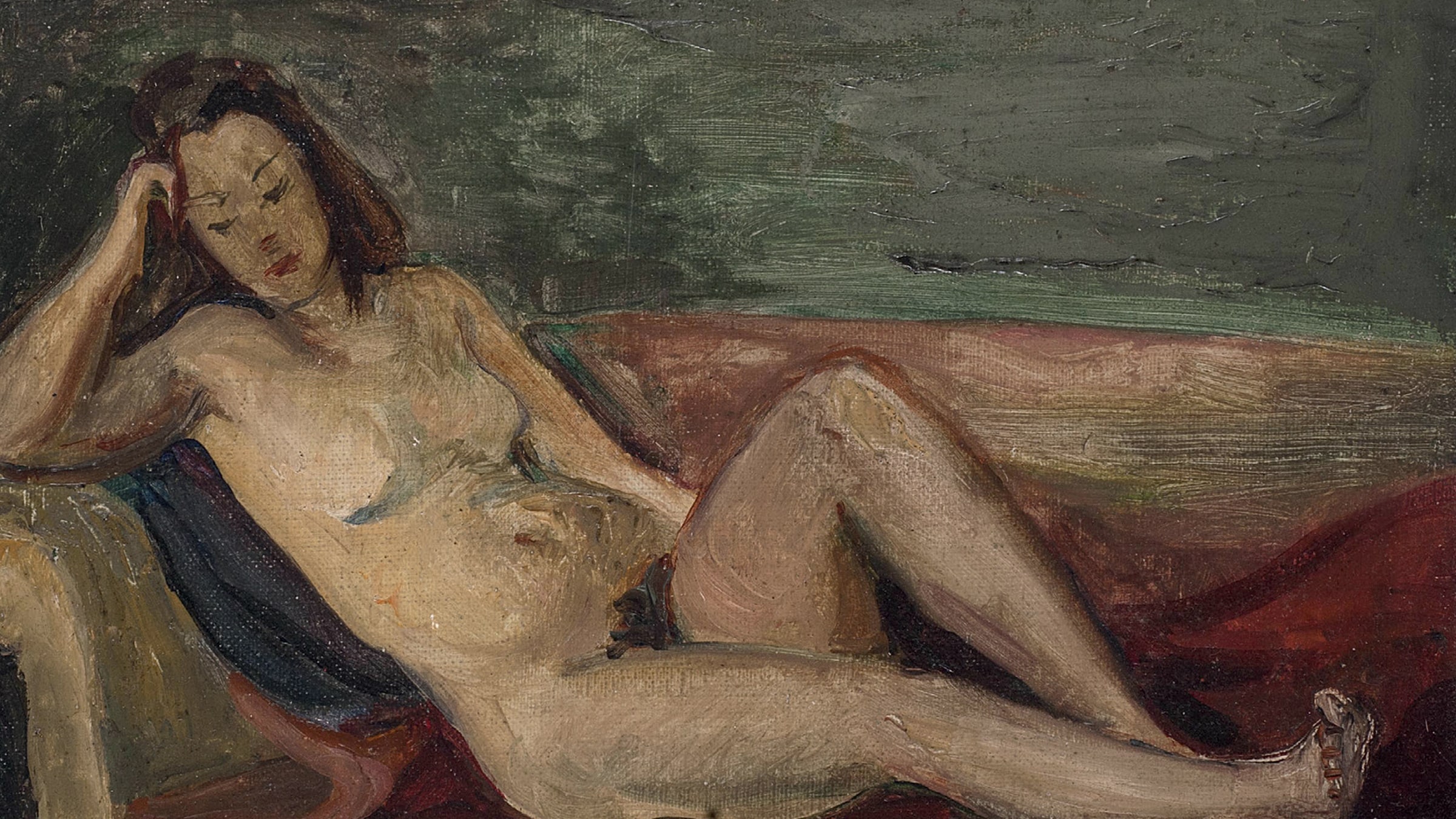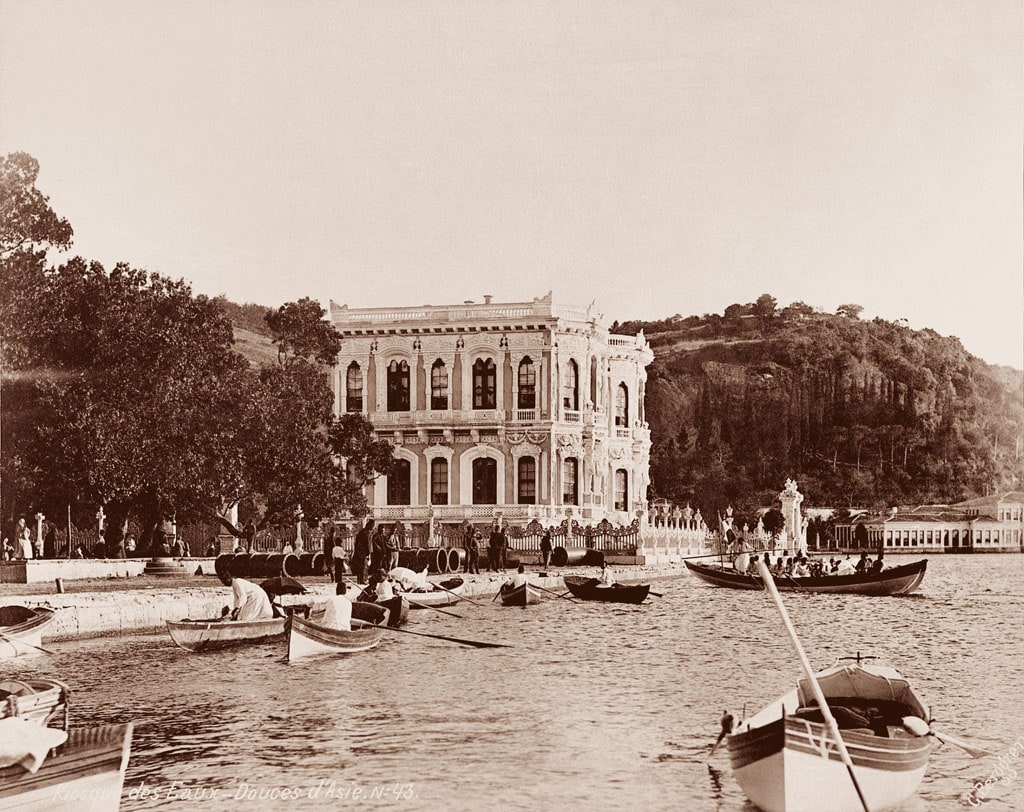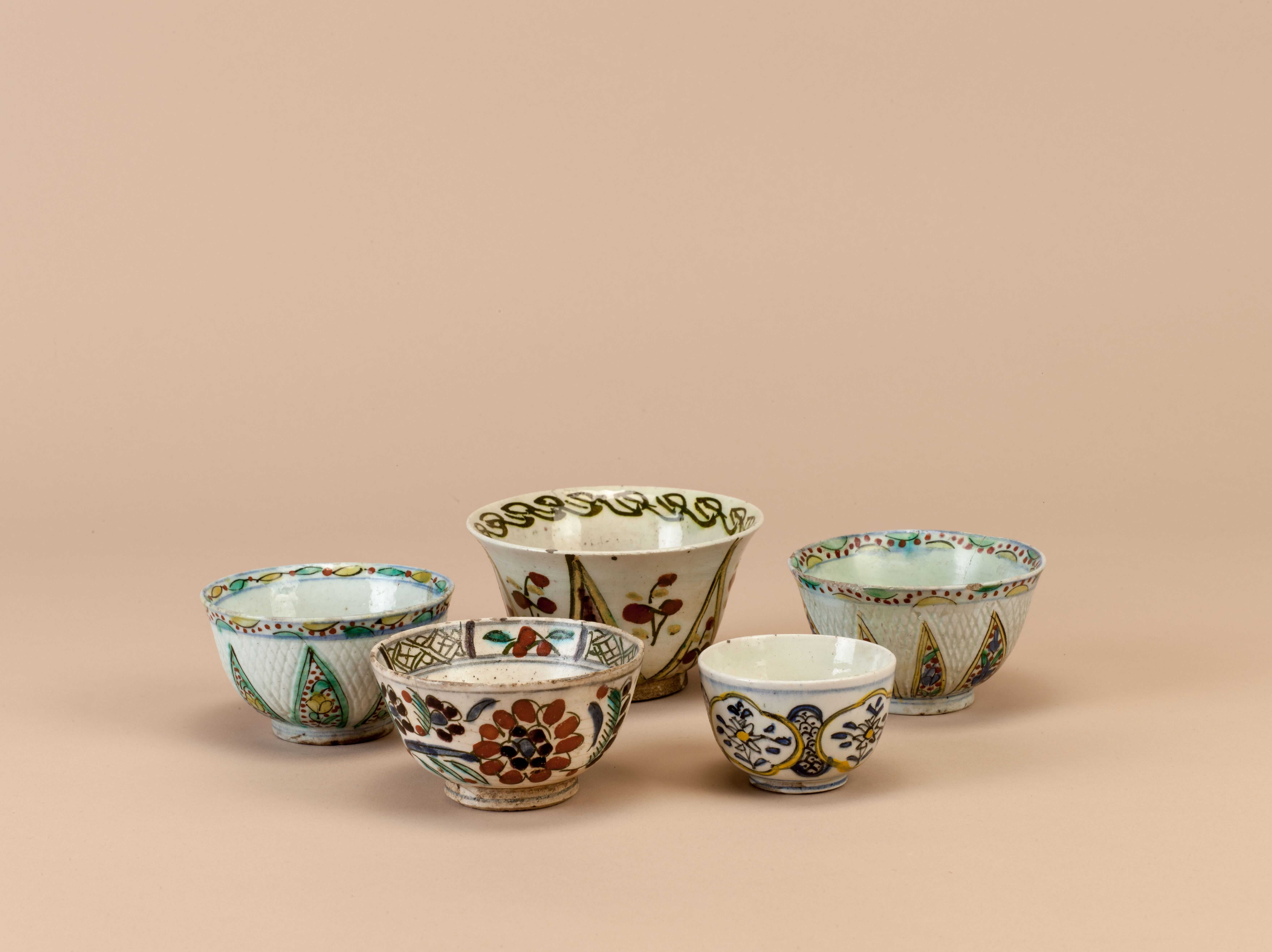Talk
January 13, 2016 / 19:00
The presentation entitled, “Can Nudity Be Translated?” invites the audience to establish a connection between some of the cornerstone works in the “Bare, Naked, Nude” exhibition and the legendary nudes in the history of French painting. Discovering the ties between artists, paintings, dates of executions, models, and poses brings to light the fundamental role Paris played in the modernization of art in Turkey in the final years of the Ottoman Empire and the early stages of the Republic. Reconsidering, through nudes, the hopes of planting the seeds collected from various Parisian art institutions in Istanbul and Anatolia, also changes are perspective on these nudes.
About Deniz Artun
Deniz Artun graduated from Middle Easter Technical University’s Department of Sociology in 1998. She completed her M.A. in cultural history at NYU with a concentration on the cultural history of France. While in New York, she worked at the Painting and Sculpture Division of Museum of Modern Art (MoMA), in 2000, she began her PhD in cultural anthropology at École des Hautes Études en Sciences Sociales (EHESS) in Paris. As part of her doctoral thesis, she concentrated on artists that went to Paris from the Ottoman Empire and Turkey between 1850 and 1950. She published her research as, “Paris'ten Modernlik Tercümeleri" (Translation of Modernity from Paris), which was released by İletişim Yayınları. Artun has been running Galeri Nev Ankara since 2001.
Admission to talk with a reduced museum ticket (10TL). Free for Friends of the Museum. Please email resepsiyon@peramuzesi.org.tr to book your place. Please note that the talk language is Turkish.
Temporary Exhibition
Bare, Naked, Nude: A Story of Modernization in Turkish Painting aimed to reveal the transformation from the Ottoman Empire into the Republican Era and how the few secretly made paintings at the turn of the 20th century created a new perspective for present times.
Click for more information about the exhibition.


Berggren acquires the techniques of photography in Berlin and holds different jobs in various European cities before arriving in İstanbul. Initially en route to Marseille, he disembarks from his ship in 1866 and settles in İstanbul, where he is to spend the rest of his life.

Coffee was served with much splendor at the harems of the Ottoman palace and mansions. First, sweets (usually jam) was served on silverware, followed by coffee serving. The coffee jug would be placed in a sitil (brazier), which had three chains on its sides for carrying, had cinders in the middle, and was made of tombac, silver or brass. The sitil had a satin or silk cover embroidered with silver thread, tinsel, sequin or even pearls and diamonds.
Tuesday - Saturday 10:00 - 19:00
Friday 10:00 - 22:00
Sunday 12:00 - 18:00
The museum is closed on Mondays.
On Wednesdays, the students can
visit the museum free of admission.
Full ticket: 300 TL
Discounted: 150 TL
Groups: 200 TL (minimum 10 people)